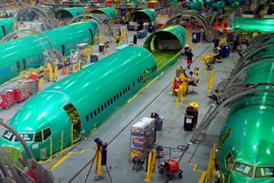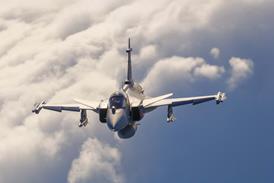IATA predicts the industry should rebound to pre-recession levels in two-to-three months. However, the association warns that does not constitute a full recovery.
"The task ahead is to adjust to two years of lost growth," says IATA director general Giovanni Bisignani.
In February, international scheduled traffic grew 9.5% year-over-year and cargo demand increased 26.5%.
While IATA admits those are strong gains, the association stresses that February 2009 marked the bottom of the cycle for passenger traffic during the global economic downturn. Cargo traffic reached its bottom in December 2008, says IATA, with little improvement realised by February 2009.
Capacity in February 2010 grew just 1.9%, which resulted in a record load factor of 79.3% in a generally weak month for travel.
On a regional basis, IATA says European carriers experienced the weakest growth of 4.3% driven by slow economies, rising unemployment rates and labour strikes. The association predicts Europe will post $2.2 billion in losses in 2010.
North American carriers posted similar weak growth of 4.4%, which is a result of deep capacity cuts of 3% year-over-year.
Middle Eastern airlines posted the largest traffic gains of 25.8%, while the Chinese New Year bolstered traffic for Asia-Pacific carriers 13.5% in February.
Capacity for African airlines is surging at 9.2% growth year-over-year, which is driving weak load factors in the region. Still, traffic for African carriers grew 9.8%.
Latin American airlines posted 8.5% growth in traffic as the region's economies continue to show strength.
North American and Latin American carriers posted the strongest rebound in cargo demand at 34% and 42%, respectively, with the bulk of that growth attributed to businesses restocking inventory, says IATA.
However, the association says it expects the business inventory cycle to "wear-out in the second half of the year when inventories reach normal levels. From that point, we can expect slower growth as air freight will be driven by consumer spending and world trade growth".
Source: Air Transport Intelligence news























